Marketing Psychology: The Secret to Influencing Customer Behavior (Part Two)

Introduction
The key to brand success in marketing lies in a deep understanding of the customer’s mind and the ability to influence their behavior. This article series, focused on marketing psychology, explores the connection between psychology and marketing strategies, demonstrating how successful brands have influenced customer decision-making by applying principles such as novelty, the pratfall effect, humor, selective perception, and simplicity of language.
By reviewing real examples from brands like Patagonia, Book Depository, Gucci, and Gymshark, readers will become familiar with 46 key marketing psychology principles and learn how to practically apply these principles in digital marketing campaigns. This series consists of three articles, with the second article introducing 15 fundamental principles. It serves as a comprehensive guide to creating optimal customer experiences, increasing engagement and trust, and shaping purchasing behavior on the path to sustainable brand growth.
What Is Sales Psychology?
Sales psychology means deeply understanding how customers think, feel, and make decisions during the purchasing process. Contrary to the common belief that buying is purely a rational decision, sales psychology is based on the idea that customers decide under the influence of emotions, beliefs, cognitive biases, and unconscious triggers. A salesperson proficient in sales psychology can identify hidden needs, build trust, reduce psychological resistance, and use persuasion techniques to make the buying process easier and more appealing for the customer.
In today’s world, where most purchasing interactions happen digitally, sales psychology has become a crucial tool for designing effective campaigns, optimizing user experience, and increasing conversion rates.
Principles of Sales Psychology
As mentioned, customers don’t rely solely on logic in purchasing decisions; emotions, mental biases, and unconscious stimuli also play a key role. Successful brands leverage these realities to shape customer behavior. Below are 15 key sales psychology principles that help design more effective marketing messages, build audience trust, and increase conversion rates.
1. Novelty Effect
Patagonia uses the label “new” on its products. This leverages a psychological principle that people are naturally drawn to new things, and emphasizing novelty can influence purchasing behavior. Marketers can apply this by labeling new products as “new” in both online and physical stores and creating campaigns centered on recently launched products.
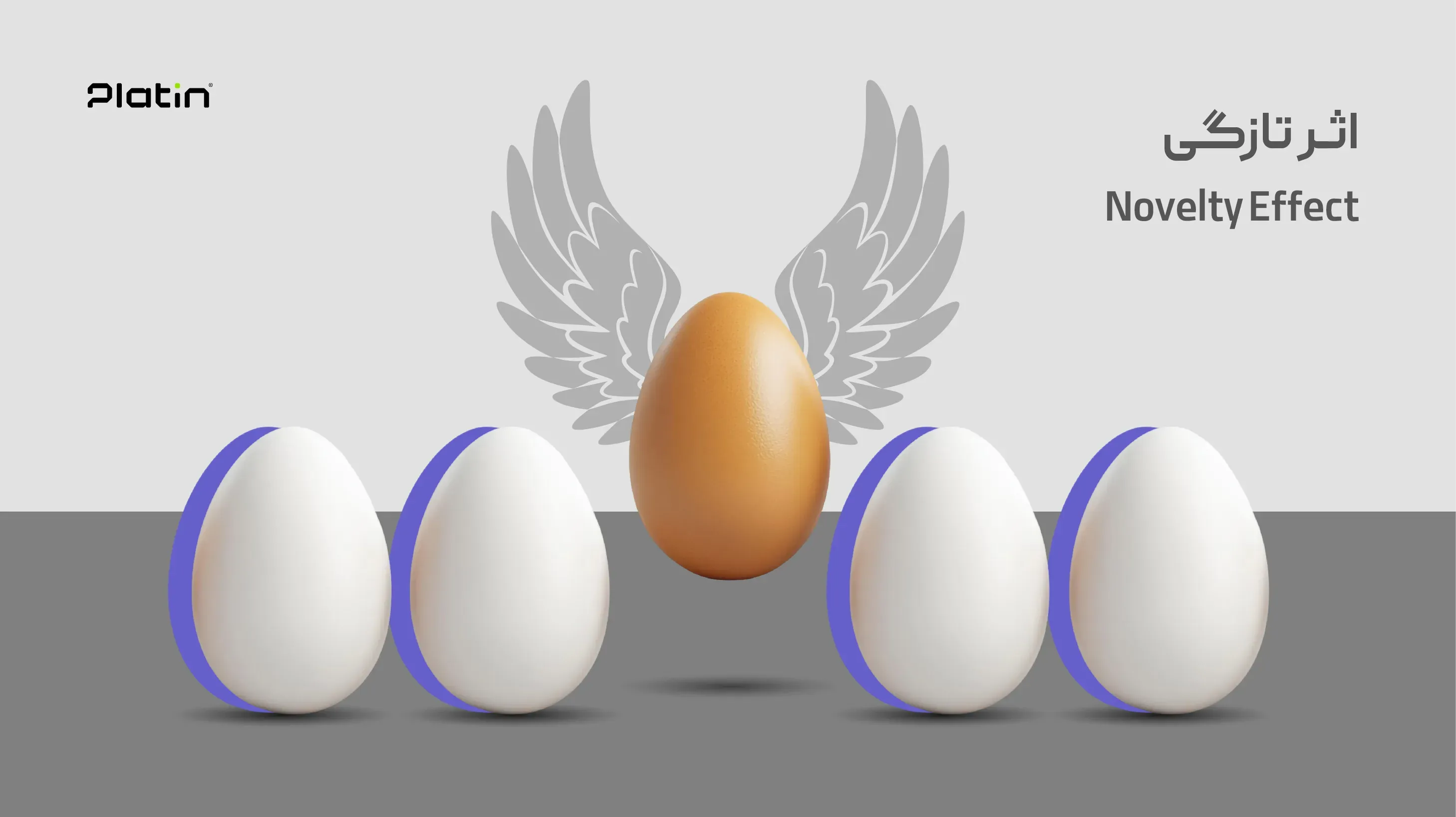
2. Cognitive Dissonance
Rebecca Atwood showcases products in warm, inviting settings that mentally position the product as a perfect fit for the customer’s home. Cognitive dissonance occurs when a person’s behavior conflicts with their prior beliefs, and the mind seeks to resolve this by adjusting those beliefs. To effectively use this, marketers should prepare the customer’s mindset through reassuring messages like “We’re sure you’ll love this product” or by providing clear evidence of how the product fits customer needs and lifestyles.

3. Anchoring Effect
The anchoring effect is a cognitive bias where customers’ decisions are influenced by comparisons. It’s often seen in price discounts, where the original price is struck through and the new price is shown alongside. Marketers can use this by comparing discounted prices with the original and highlighting product advantages against competitors.
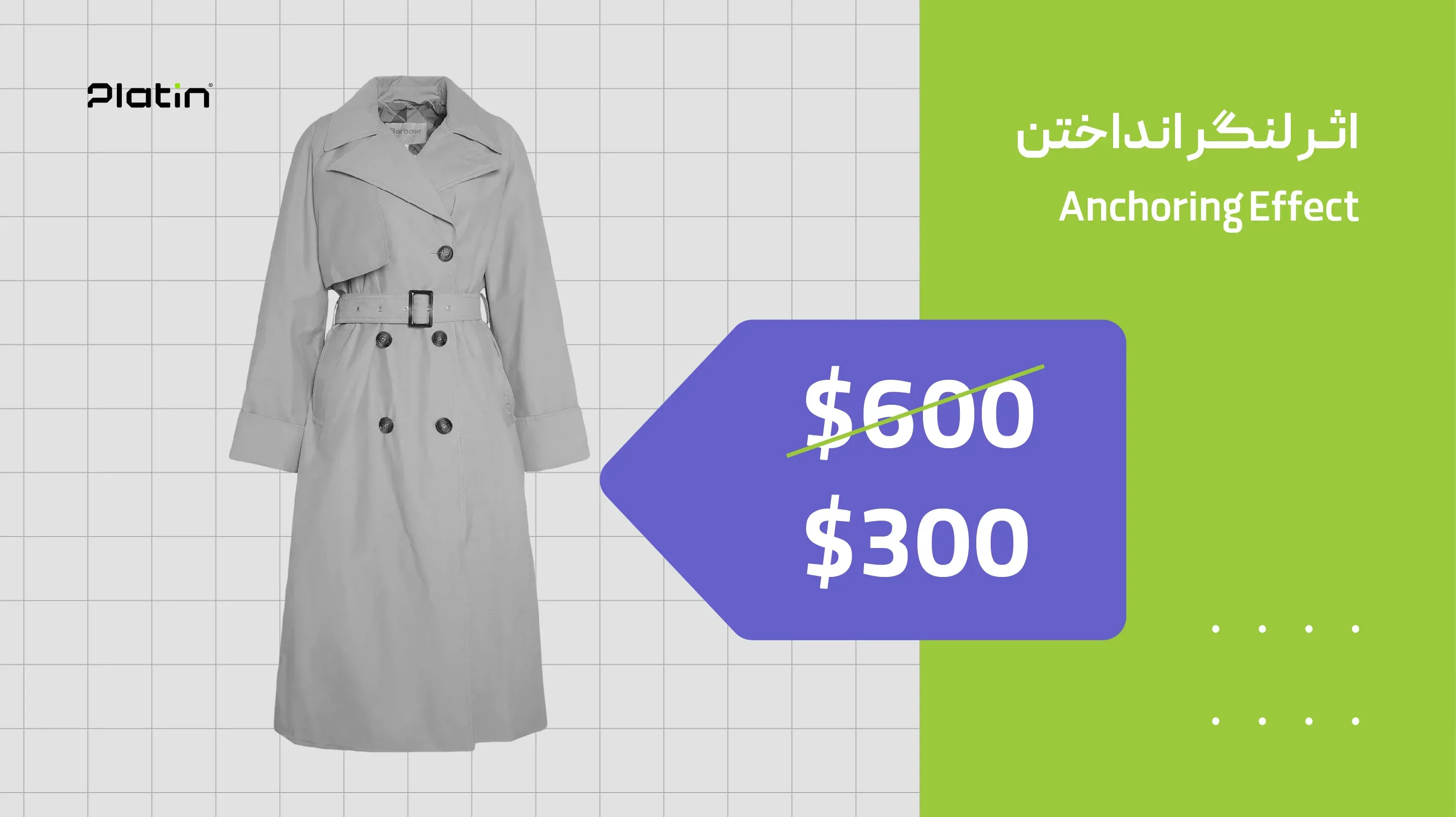
4. Decoy Effect
When offering three subscription options, the most expensive option makes the other two seem more attractive. Similar to anchoring, this helps customers decide more easily and reduces anxiety about price increases. Marketers should add a middle “decoy” option that makes the preferred product seem more valuable. This method is effective in subscription pricing and service packages.
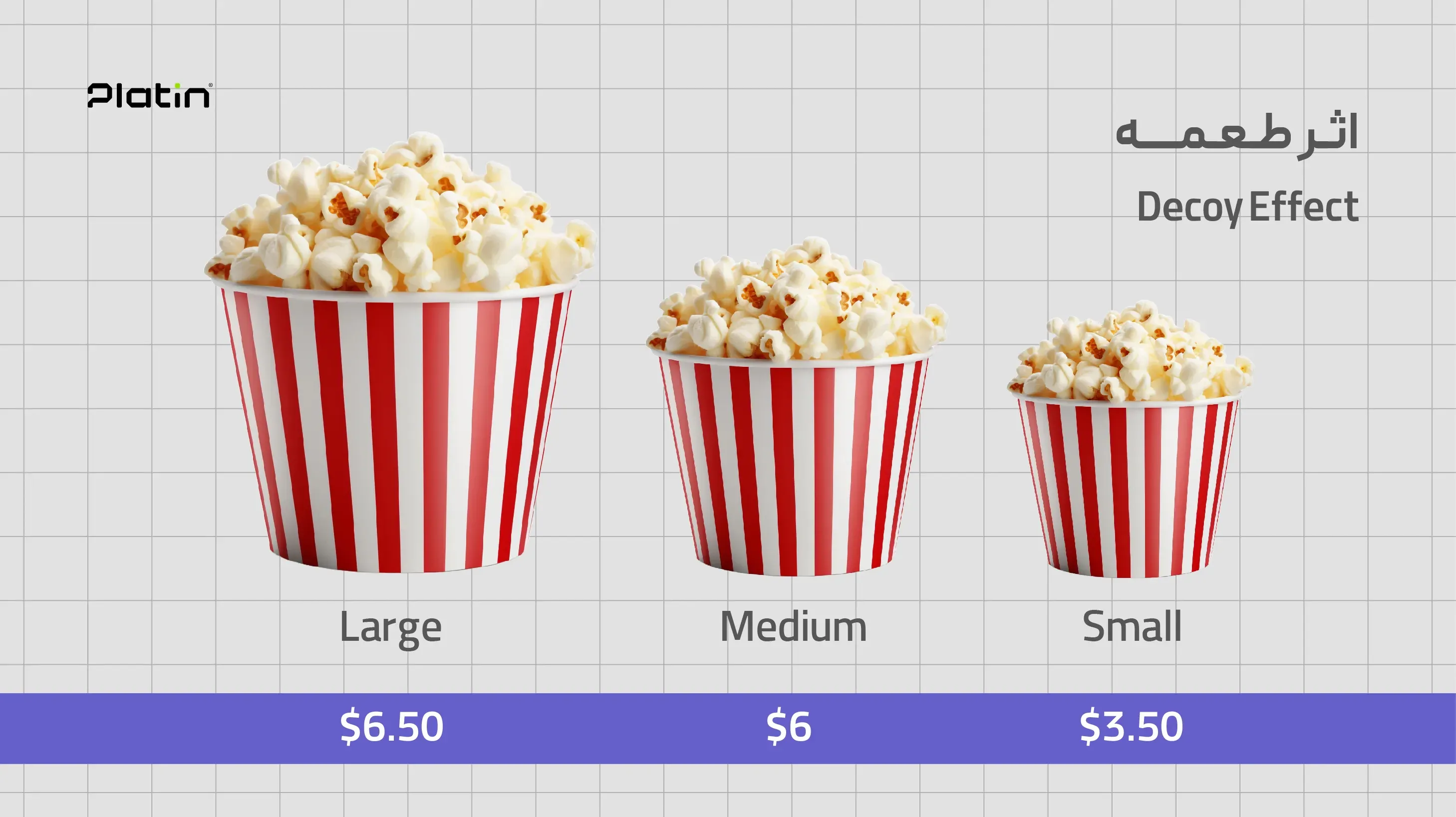
5. Autonomy Effect
Book Depository allows customers to create wish lists, letting them choose preferred options during purchase and feel more in control. Offering choices strengthens feelings of control and ownership, increasing purchase likelihood. Marketers can offer customizable features such as color, size, packaging, payment methods, and delivery options to enhance this effect.

6. Country of Origin Effect
Gucci highlights “Made in Italy” on its products, emphasizing quality and authenticity. This technique relies on general perceptions about product quality from different countries—like Swiss watches, German cars, and Japanese technology. Marketers should highlight the country of manufacture as a competitive advantage, use relevant symbols or labels, and tell brand stories linked to the traditions and quality of the country of origin.
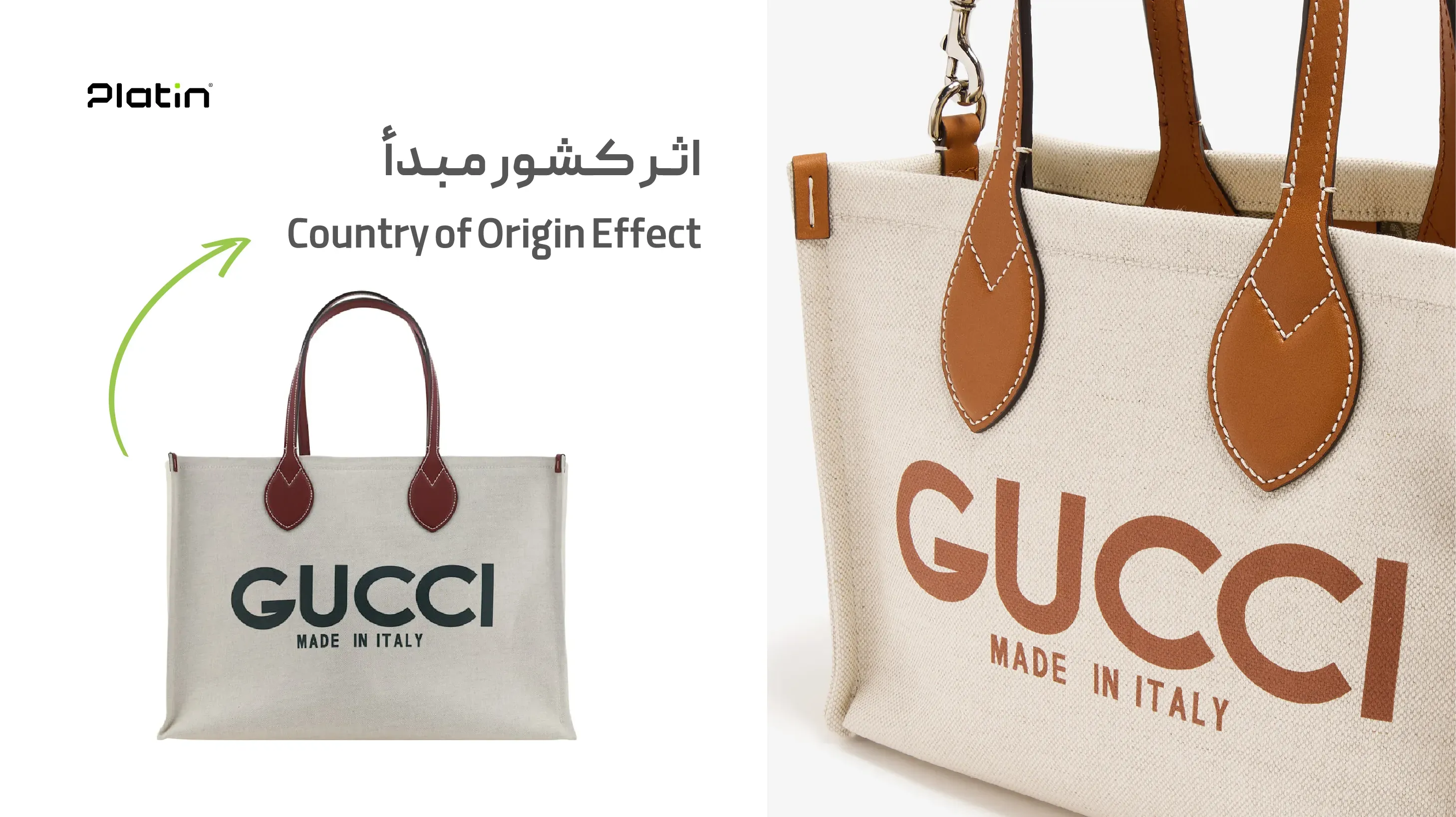
7. Noble Edge Effect
In 2017, the fashion brand Jigsaw launched the “Love Immigration” campaign, emphasizing human values like cultural diversity and gaining more recognition. Brands that take stances on social, environmental, or cultural issues tend to be more memorable to customers. Marketers can emphasize corporate social responsibility, use ethical and social messages in campaigns, and ensure transparency and authenticity in these efforts.

8. Pratfall Effect
If your brand makes a mistake, owning it and apologizing honestly can have a positive impact. Brands that don’t present themselves as flawless appear more honest and relatable. Marketers should transparently apologize and communicate about issues and their resolutions through communication channels, using a friendly and self-critical tone to foster emotional connection.

9. Goal Gradient Effect
Gymshark displays customers’ progress during checkout to motivate them to complete the purchase. This principle states that people are more motivated when they see their progress. Marketers should clearly show progress visually or numerically during checkout and in loyalty programs, communicate points earned and rewards pending, and send personalized reminders to customers who abandon carts.
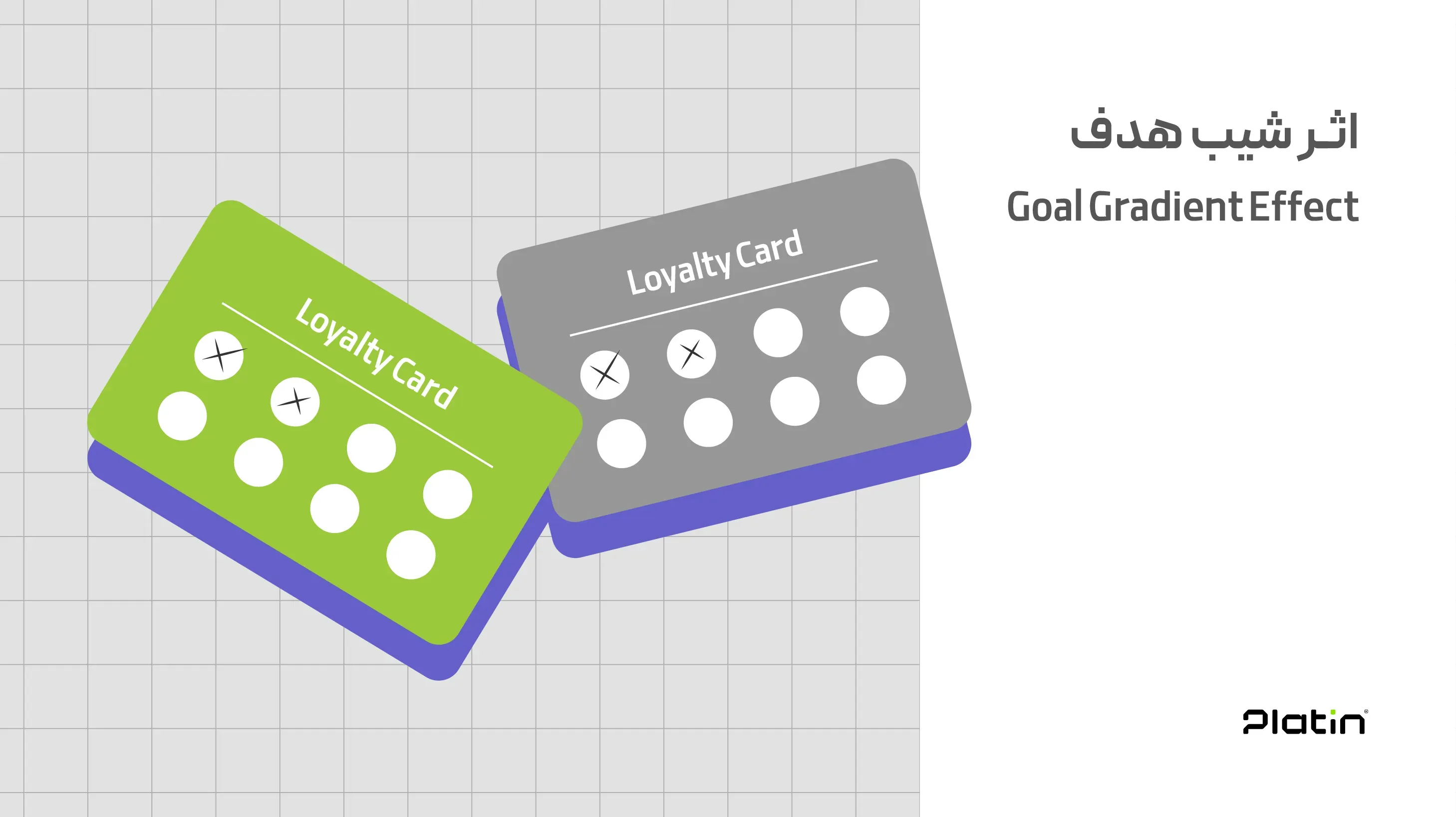
10. Selective Perception Effect
JackWills introduces products in ads with phrases like “Wear this on your way to university or your morning commute,” aligning products with customers’ lifestyles. People process and remember information related to their needs and experiences more easily. Marketers can use market research, surveys, and A/B testing to better understand audiences, use relatable language, and position products according to customers’ lifestyles and interests.

11. Generation Effect
Spotify’s personalized music campaigns exemplify the generation effect, where customers better remember content they generate themselves (e.g., playlists). Marketers should encourage user-generated content, use personalized reminders (“Last time you added these products to your cart”), and offer storage and recommendation features based on user behavior.
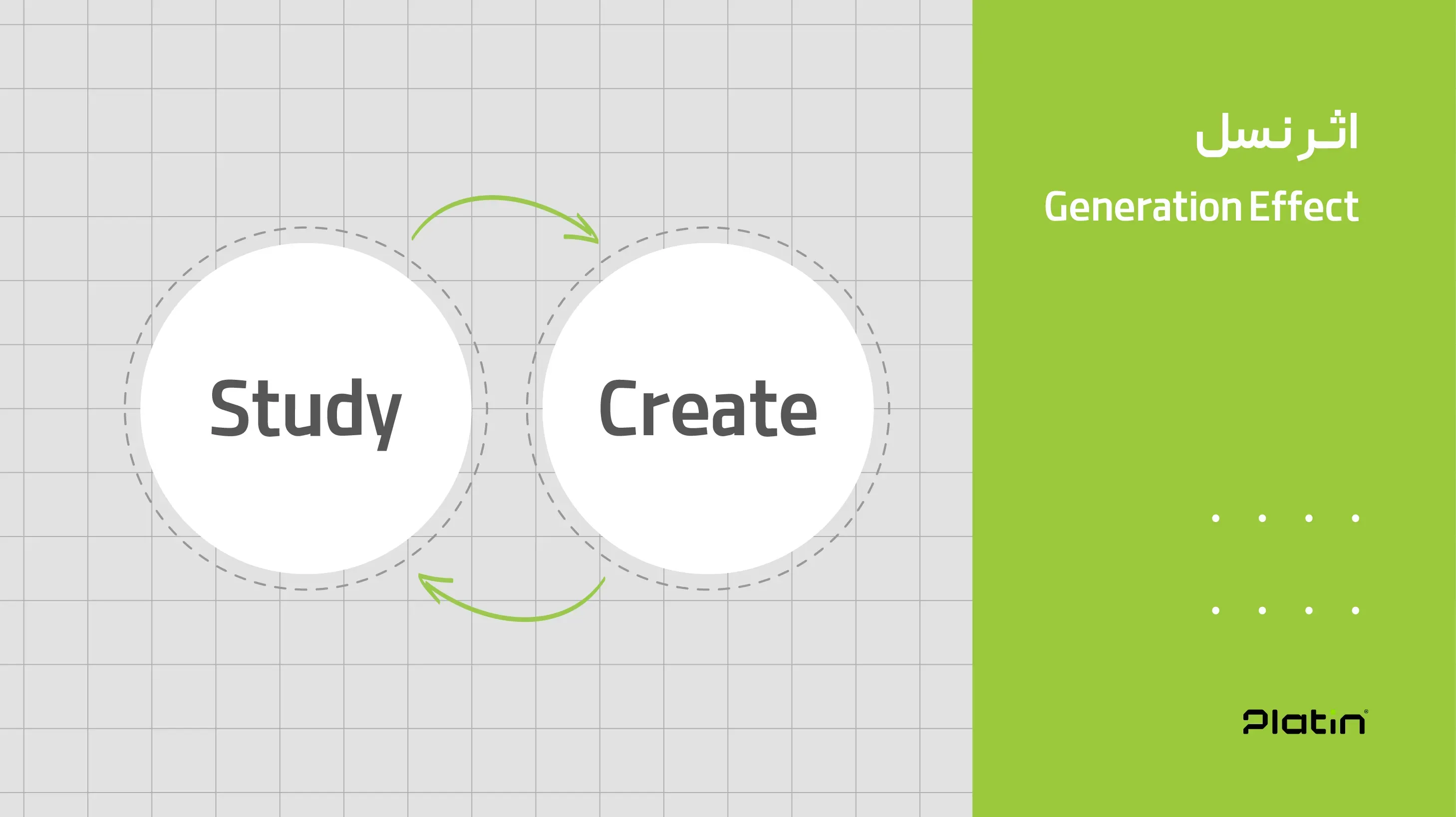
12. Humor Effect
Spotify’s success is partly due to humor in its ads. Humorous content grabs attention, generates positive emotions, and sticks better in the audience’s mind. Marketers can incorporate humor, clever jokes, or cultural references in ads, combine humor with visual storytelling, and develop a brand voice that is engaging and informal.

13. IKEA Effect
Converse lets customers design their own shoes, activating the IKEA effect, where people value things they helped create more. Marketers should offer product customization options such as color and design, provide interactive tools like 3D previews, and give customers a sense of participation in product creation.
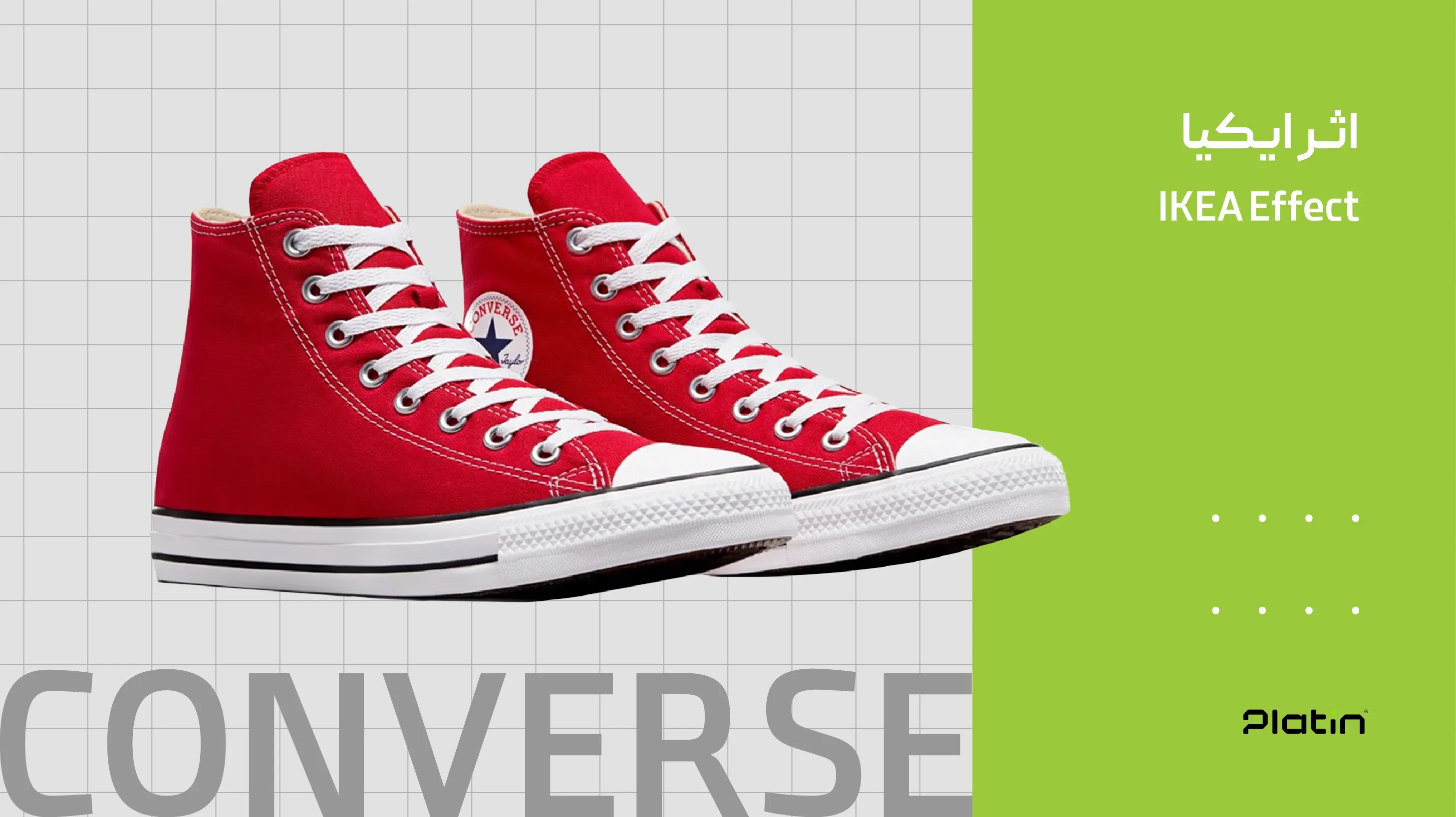
14. Speak-Easy Effect (Simplicity of Language)
Top global brands like Apple, Amazon, and Nike use short, simple, and familiar names, benefiting from the simplicity of language effect. This cognitive psychology principle states that information that is easier to process gains more trust. Marketers should keep brand names, advertising messages, and website design simple and readable, avoid unnecessary complex terms, and design customer journeys to be straightforward.
15. Cognitive Fluency
The iPod is an excellent example of simplifying complex matters. Designs that are easy to read and understand have greater impact. We prefer smoother designs because we avoid too many options, have limited attention, and favor simplicity, symmetry, and whitespace when processing information for the first time. Marketers should use simple, clear designs on websites and product presentations, incorporating whitespace, symmetry, and minimalist styles.
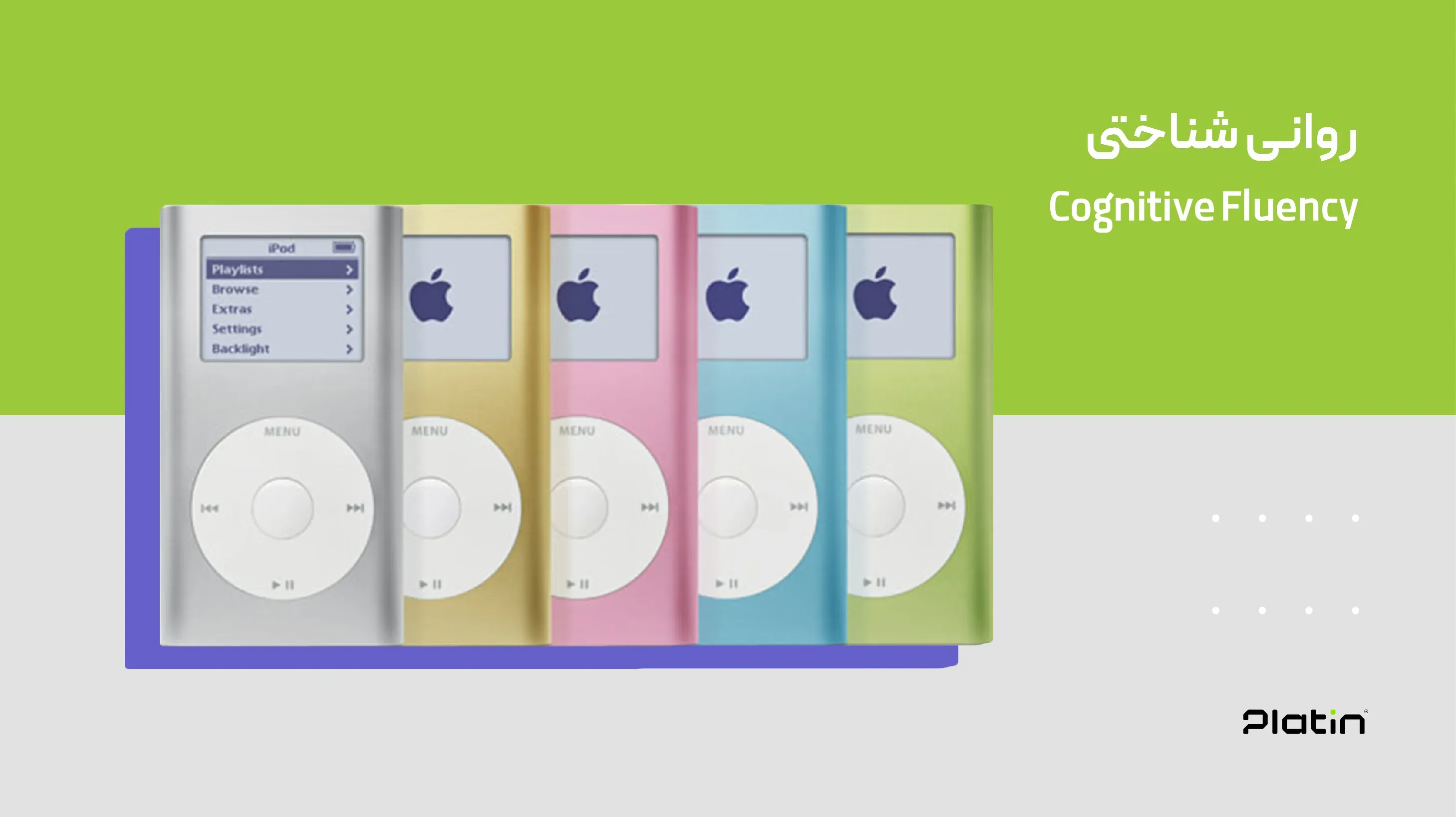
Practical Techniques in Sales Psychology and Marketing
In today’s competitive market, practical use of cognitive and behavioral psychology principles can significantly improve sales and customer engagement. For example, the novelty effect using “new” labels in online and physical stores is highly effective in fashion, cosmetics, and tech industries.
Cognitive dissonance can be addressed by designing ads aligned with the audience’s lifestyle, making product acceptance easier. Anchoring and decoy effects are valuable tools for smart pricing strategies, especially for subscription plans, courses, and service packages. Autonomy and IKEA effects emphasize participatory customer experience and are effective in customizable product design in apparel, appliances, and online stores.
Brands leveraging the noble edge effect by focusing on social, cultural, or environmental values become more memorable. Humor and cognitive fluency increase brand attractiveness, particularly in social media, digital ads, and website user experience.
Together, these techniques, combined with deep audience insight and creative brand storytelling, help businesses build a stronger mental presence with customers and boost conversion rates in today’s competitive landscape.
Conclusion
This article, focusing on cognitive and behavioral psychology in marketing, explores how brands can influence customers’ perceptions, emotions, and behaviors. Analyzing examples from well-known brands such as Patagonia, Gucci, Spotify, IKEA, and Converse, it introduces 15 important psychological principles including novelty, cognitive dissonance, anchoring, decoy, autonomy, country of origin, noble edge, pratfall, goal gradient, selective perception, generation, humor, simplicity of language, cognitive fluency, and the IKEA effect. These principles are based on unconscious mental mechanisms, cognitive biases, and emotional needs and provide effective tools for shaping purchasing behavior, increasing engagement, and building customer loyalty. Alongside the principles, practical solutions for applying these techniques across various businesses such as online stores, apparel brands, digital services, educational institutions, creative industries, restaurants, and startups are offered. The main goal is to provide actionable insights to help businesses use sales psychology and user experience design to communicate brand messages more effectively and manage customer behavior more intelligently.
Platin Marketing Communications Agency leverages sales psychology and consumer behavior principles to offer specialized services including business model development, customer loyalty program design, marketing plan formulation, and 360-degree advertising campaigns. These services aim to increase brand message effectiveness, deepen customer engagement, and sustainably grow sales. With a data-driven and creative approach, Platin paves the way for stronger brand-customer connections.
FAQ
1. Why does emphasizing product novelty increase sales?
Because the “novelty effect” principle shows that the human mind is naturally attracted to new things. Using the “new” label when introducing products, especially in online stores and advertising campaigns, grabs audience attention and raises purchase likelihood.
2. How can pricing be used to guide customer decisions?
By leveraging the “anchoring” and “decoy” effects. For example, displaying the old price alongside the new price or adding a more expensive option next to the main offer makes customers feel they made a better choice. This technique is very effective in subscription packages, service plans, and course sales.
3. What is recommended to increase customers’ sense of control?
Utilizing the “autonomy effect” by offering selectable options such as color, size, packaging type, or payment method. This increases customers’ participation, ownership, and satisfaction, leading to higher purchase rates.
4. How can a brand be shown as more human and trustworthy?
By applying the “pratfall effect” — if the brand makes a mistake, apologizing openly and honestly. This makes the brand appear more honest, trustworthy, and likable.
5. How can customers be kept active on the purchase or loyalty path?
Using the “goal gradient effect” by showing progress stages like checkout completion percentage or loyalty points, which motivates customers to continue and make repeat purchases.
6. Why is message simplification and design important?
Because principles like “simplicity of language” and “cognitive fluency” state that brands that use simple language, clean design, and clear purchase paths build more trust and provide a better experience, improving conversion rates.